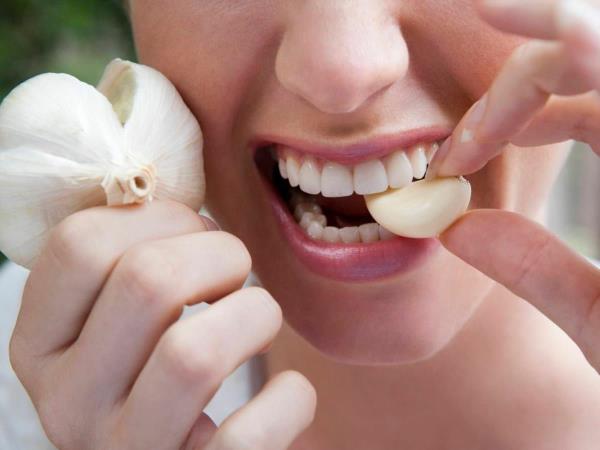The least this should tell us is that a significant amount of the garlic available to us is not locally grown. Of course, this is also related to quality, as the expected nutrients are often lacking, or there is so little of them that it's negligible. Garlic is not always the same as garlic.
The Chinese claim that garlic cultivation is a very lucrative business, as they earn five times more than they invest. It's all the more unusual because we also have conditions for top-quality domestic production. So, we ask ourselves, why is Chinese garlic cheaper in stores, especially when the quality is incomparable.
Unfortunately, there are several reasons:
- Bleaching and chemical treatment
Chinese garlic is often bleached before it hits the shelves. The bleaching agent is usually chlorine, a mixture of sulfur and wood ash, chlorine dioxide, or even benzoyl peroxide. The purpose is to replace the natural color of this garlic, which can have dark spots due to soil or aging, with a shiny whiteness that is more appealing to customers, but it's just a shiny shell without substance. - Limiting sprouting with chemicals or hormones
To prevent garlic from sprouting and to keep it on store shelves longer, many retailers use growth inhibitors. These can be hormones or chemical preparations often undisclosed. Sprouting reduces certain properties, especially taste and medicinal compounds, but natural sprouting is a sign that the garlic is alive and healthy.
Compromising Longevity
Preventing sprouting along with bleaching and even the process of gamma irradiation (a method used for food sterilization to enable longer storage) is a common practice of many merchants (even those who do not admit it).
The European Parliament warned back in 2018 that Chinese garlic, despite its massive export, is often soaked in pesticides and chemicals that are banned in Europe, yet nothing has changed. Moreover, the soils where it grows contain heavy metals such as lead, arsenic, and cadmium. In the USA, there have been reports of hazardous additives, impurities, and exceeding permissible substance levels in Chinese shipments.
But nothing has changed!
Growing through sewage?
Strong media leaks claim that Chinese garlic is grown in fields irrigated with sewer water. However, McGill University in Montreal checked these claims in 2017 and found no evidence to support reviving these rumors. They simply warned that even recycling organic matter with smart methods can be beneficial, unfortunately, in a large industrial scale, the entire process lacks control.
Scientists agree that allicin is the key substance that gives garlic its many medicinal properties. Bleaching may diminish these properties, but the garlic is not more toxic because of it. It's just less healthy. The health risks (hormones, sulfur, chlorine, maybe even undefined substances) are not worth any potential savings.
Although traditional medicine advises us to focus on content rather than appearance, garlic, especially when it's perfectly shining, white, and rootless, should raise alarm for caution.
What can we do ourselves?
First: grow your own garlic or buy it from local gardeners. This way, you choose taste, aroma, freshness, and avoid opaque processes. Seasonal home-grown garlic may lose in quantity due to weather conditions, but gains in quality and healing compounds.
Local producers often do not use bleaching, growth inhibitors, or long-lasting processes: thus, their garlic retains allicin, essential oils, and a healthy structure. Prices may be slightly higher, but let quality count more than mileage.
Traditional practices also include using more aromatic varieties when cooking, such as black-skinned garlic: which, besides enhancing flavor, holds medicinal tones. Home drying and preserving garlic are two simple methods to keep the garlic's potency for a longer time. Garlic soup or homemade garlic spread is already entirely different from the Chinese one in terms of smell...
Although Chinese garlic may seem tempting due to its prices, stick to the rule: if the garlic is bright and rootless, question how important quality is to you. Let's buy local, enjoy the aromas, and let nature, not the wallet, serve your health.









 Would you like to be informed about news on the website?
Would you like to be informed about news on the website?

